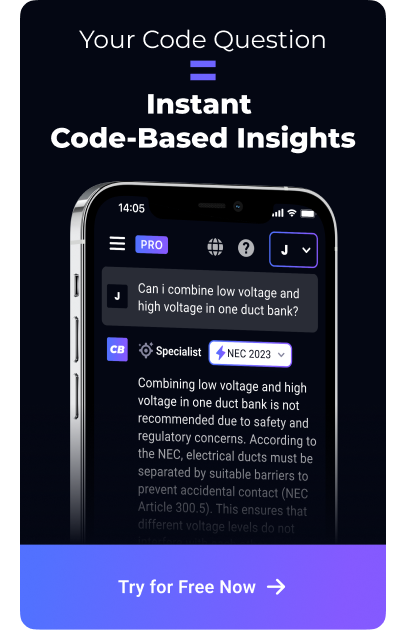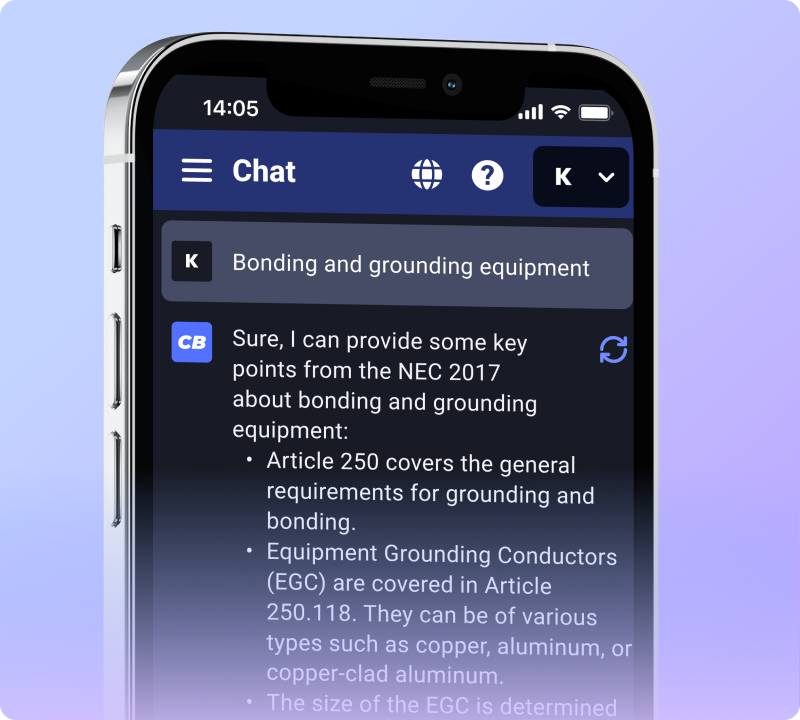Installing electrical wires next to plumbing is a common scenario in both residential and commercial buildings. However, it’s essential to follow specific building code guidelines to ensure safety and compliance.
Building Code Considerations
The National Electrical Code (NEC) provides clear directives regarding the installation of electrical wires in proximity to plumbing. Key considerations include:
- Physical Protection: Electrical wires running near plumbing must be protected from potential damage. This might involve using conduit or armored cable.
- Separation Distance: While the NEC doesn’t specify a strict minimum distance, it’s generally advised to maintain a reasonable separation between electrical wires and plumbing to prevent electrical hazards.
- Avoiding Water Sources: Special care must be taken to avoid running electrical wires under or over plumbing fixtures where they might be exposed to water leaks or condensation.
Best Practices
Here are some best practices for running electrical wires near plumbing:
- Use Insulated Conduits: Insulated conduits offer an extra layer of protection against moisture and physical damage.
- Regular Inspections: Regularly inspect the areas where electrical wiring and plumbing are co-located to identify any potential risks or damages early.
- Consult Local Codes: Always refer to your local building codes as they may have additional requirements or more stringent standards.
- Safety first: Safety is paramount when dealing with electricity and water. Always prioritize safety over convenience and consult with a licensed electrician or inspector for guidance.
Conslusion
Adhering to building codes when installing electrical wires near plumbing is crucial for ensuring safety and compliance. Understanding these guidelines helps prevent potential hazards and ensures a secure installation.


